What Is The Keto Diet And How Does It Work?
What Is Ketosis?
Who Is This Diet For?
The Benefits Of The Keto Diet
Foods To Eat On A Ketogenic Diet And Foods To Avoid
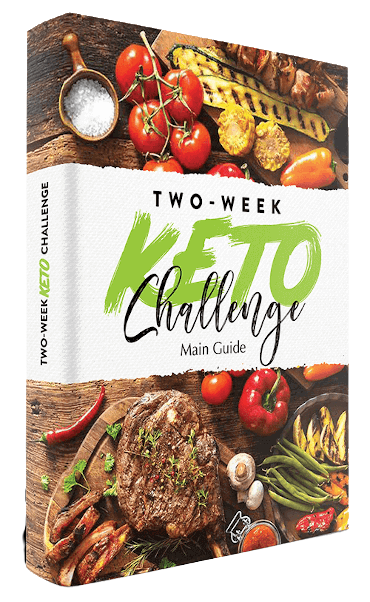
Foods To Eat On A Keto Diet And Foods To Avoid: What Not To Eat?
Side Effects Of The Keto Diet
Bad Breath
Oily Stools And Dehydration
Fatigue
Headaches
Muscle Cramps
Constipation
Sample 2-Week Keto Diet Meal Plan
Day One (10)
Day Two (10)
Day Three (10)
Day Four (10)
Day Five (10)
Day Six (10)
Day Seven (10)
The Bottom Line
DISCLAIMER:
SOURCES:
Related posts:
Are you thinking of going on a 2-week keto diet? Before you do, you need to know whether this diet works and how you can get the most out of it. You also need a 2-week keto diet plan to keep you on track.Although extremely popular, the keto diet can be frustrating for some, especially when one doesn’t understand how it works. So before you get to a 2-week keto diet, here’s everything you need to know to get this diet right and see results.
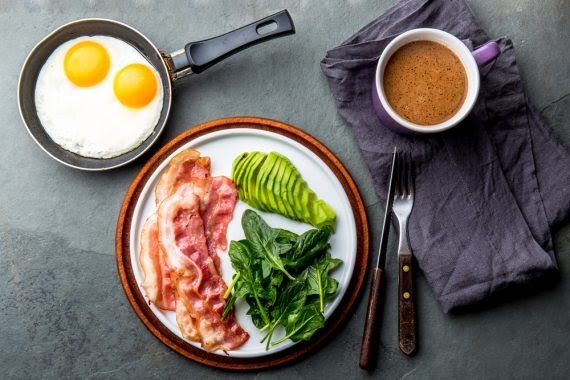
What Is The Keto Diet And How Does It Work?
A keto diet is a very low-carb, high-fat eating regime that divides your meals into three sections: 5-10% carbohydrates, 30-35% protein, and 55-60% fat (6). On a keto diet, you cut down on carbs and eat mostly protein and more fat, which forces your body to enter into a state of ketosis.
What Is Ketosis?
Ketosis is a state of metabolic process that happens when your body does not have enough carbohydrates from food sources to use for energy. To compensate, the body breaks down fat into substances called ketones and begins using them as its main source of fuel instead of glucose. If you’re new to keto or low-carb dieting, this may sound a little dubious. But there are tons of success stories out there about people who tried it and saw fantastic results.
Contrary to what many people think, being in a state of ketosis is actually a very beneficial thing. While on a standard diet, most of your carbohydrates typically come from sugar sources such as bread and pasta. This causes your blood sugar levels to constantly rise and fall, which when coupled with metabolic disturbances such as insulin resistance, can lead to all sorts of health complications (3).
When you cut carbs down to a moderate level through the keto diet, your body will have to start breaking down fats into smaller molecules called fatty acids and ketone bodies that can be used as fuel instead. Ketones are produced in the liver when there are insufficient carbs from food for energy. In this state, glucose is not readily available, so your body will break down fats in the absence of carbohydrates (6).
It should be noted that it’s possible to enter a state of ketosis without counting calories or tracking macros with very little effort since most foods contain some amount of carbohydrates. The key factor is to restrict your carb intake so that you’re consistently below 30-50 grams of carbs (6).
Who Is This Diet For?
It’s important to note that not all people will be suitable candidates for the keto diet. Those with certain medical conditions must check with a doctor first before beginning any sort of meal planning or exercise regime.
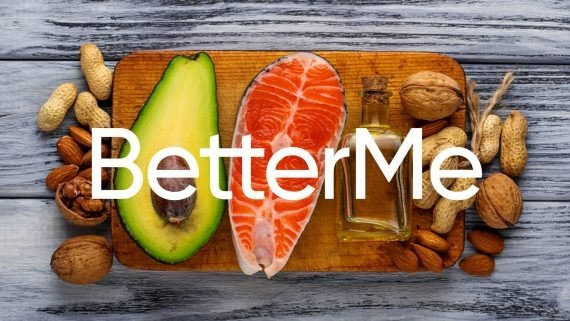
Some experts have commented on how the benefits of the keto diet may apply more generally across the population rather than just being limited to those who are obese or at risk for disease (4). Further research is needed, but initial findings look very promising, especially when it comes to brain health and function (2).
The Benefits Of The Keto Diet
When on a keto diet, your body becomes a fat-burning machine by default. Understandably, there are plenty of potential benefits associated with this lifestyle, including weight loss and better mental function and clarity (1).
Whether or not you’ll experience these benefits may depend on how strictly you follow this low-carb high-fat eating regime. Some people do better with a lot of fat, while others prefer moderate amounts. That’s why it’s important to test methods that work best for you.
Achieving Weight Loss
Perhaps the biggest reason why people love this diet is that it can help with weight loss. For many, the keto diet helps shed pounds rapidly by forcing your body to burn fat without going through drastic measures.
Some studies have claimed that on average, an individual burns 400-600 extra calories when in a state of ketosis every day, as they spend on this type of eating regime and exercise regularly. This can mean you lose 1-2 pounds a week if you do it right (7).
Reasons why BetterMe is a safe bet: a wide range of calorie-blasting workouts, finger-licking recipes, 24/7 support, challenges that’ll keep you on your best game, and that just scratches the surface! Start using our app and watch the magic happen.
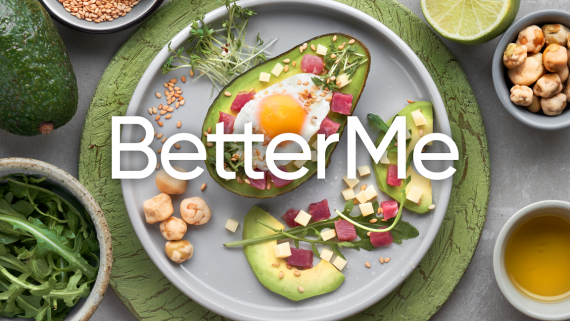
Foods To Eat On A Ketogenic Diet And Foods To Avoid
When following a keto diet, it’s important to avoid carbs as much as possible. You should try to get most of your calories from foods with moderate amounts of fat while taking in enough protein for muscle repair and recovery.
Here are some high-fat and low carb food items you can eat regularly:
Meats such as pork, beef, and chicken
Nuts such as macadamia nuts and pecans
Avocados and olives
Olive oil
Grass-fed butter
Eggs
Fish including salmon, tuna, copra, and trout (these are excellent protein sources on a keto diet)
Furthermore, fish consists almost entirely of fats in the form of omega-3 fatty acids. Omega 3s have been shown to improve brain volume, help with weight loss and reduce symptoms associated with heart disease, so they’re a good choice for the keto diet (9).
Any foods that you particularly crave, if they’re high in fat but low in carbs, should be consumed sparingly daily.
Foods To Eat On A Keto Diet And Foods To Avoid: What Not To Eat?
Avoiding carbohydrates isn’t easy because they’re often hidden in most types of processed food products. As soon as you cut carbs from your diet, you’ll find that you’re eating fewer grains and cereals, pasta, bread, and rice.
To make things simpler for yourself, it’s essential to avoid these kinds of low-carb foods:
All types of sugar, including fructose corn syrup, evaporated cane juice, and dextrose.
Many fruits, especially bananas, melons such as watermelons and cantaloupe; dried fruit like raisins are on the list as well. Choose fruits that are high in fiber and water.
Wheat flour products containing gluten and grain products such as breakfast cereal or granola bars.
Processed foods, condiments, and dressings made with processed ingredients such as high-fructose corn syrup.
Low fat or diet products that are packed full of sugar alcohols like maltitol, xylitol, lactitol, or sorbitol.
Side Effects Of The Keto Diet
If you’re new to this way of eating, you might not know what to expect on the 2-week keto diet. Some side effects can occur when you first begin following a keto diet. However, most of the symptoms will disappear after 2-3 weeks of recovery, making it easier to stick with the diet over time.
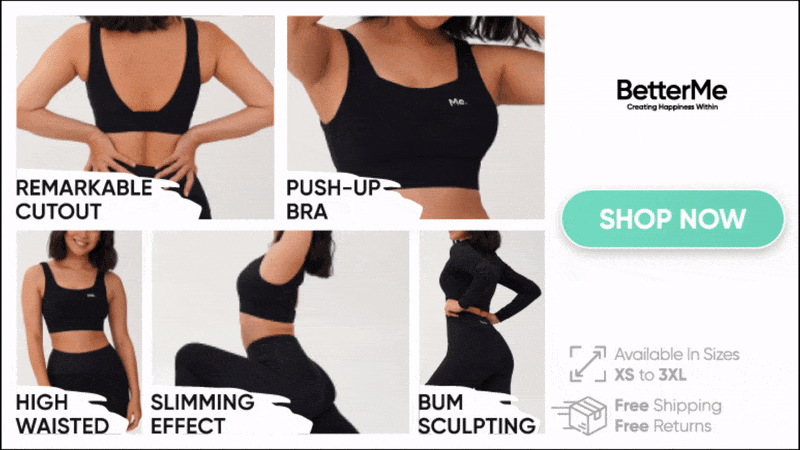
The most common side effects are:
Bad Breath
Many people report that they experience “keto breath”, which is basically caused by their mouth drying out and having a metallic taste in their mouth. If this happens to you, then there’s no need to worry as it’s not an issue with your teeth. It may also be worth investing in some xylitol chewing gum that helps keep dental plaque at bay and neutralizes the bad odor in your mouth (11).
Oily Stools And Dehydration
Since the keto diet causes your body to flush water out of its cells, it may be difficult for some people to avoid dehydration (12). In addition, oily stools and constipation are likely to occur after you’ve started following a keto diet as well (11). To combat this side effect, make sure you drink plenty of water or broth if you find yourself having diarrhea-type symptoms.
Headaches
Many people report headaches if they don’t take enough salt regularly. When you cut back on carbs from your diet, it’s important to ensure that you’re getting enough water and electrolytes. It’s also essential if you want to avoid feeling lethargic and struggling with low energy levels (6).
Muscle Cramps
Some people notice that they experience muscle cramps when following a keto diet. This can be due to dehydration, low sodium levels, or a lack of potassium in your body. If you are experiencing muscle cramps, you may need to increase the amount of salt and/or potassium you are getting (11).
Constipation
Many people can lose weight when starting on a keto diet, but this is usually because their bodies are flushing excess water out and losing lean muscle tissue instead. If you find yourself struggling with constipation, then make sure you increase your intake of leafy greens and fibrous vegetables. It’s also a good idea to drink plenty of water so that your body stays hydrated at all times (11).
Sample 2-Week Keto Diet Meal Plan
Most people find building a 2-week keto diet meal plan easy when they have examples of what others are eating. Instead of trying to count calories or calculate ratios, this method may work better for some people who simply need ideas on how to eat.
Ketosis is a natural metabolic state that’s essential for life. Your body is primarily fuelled by fat, so your keto diet should consist mostly of high fats as well as a moderate amount of protein and very few carbohydrates.
Know More :- https://bit.ly/3PEFYJo